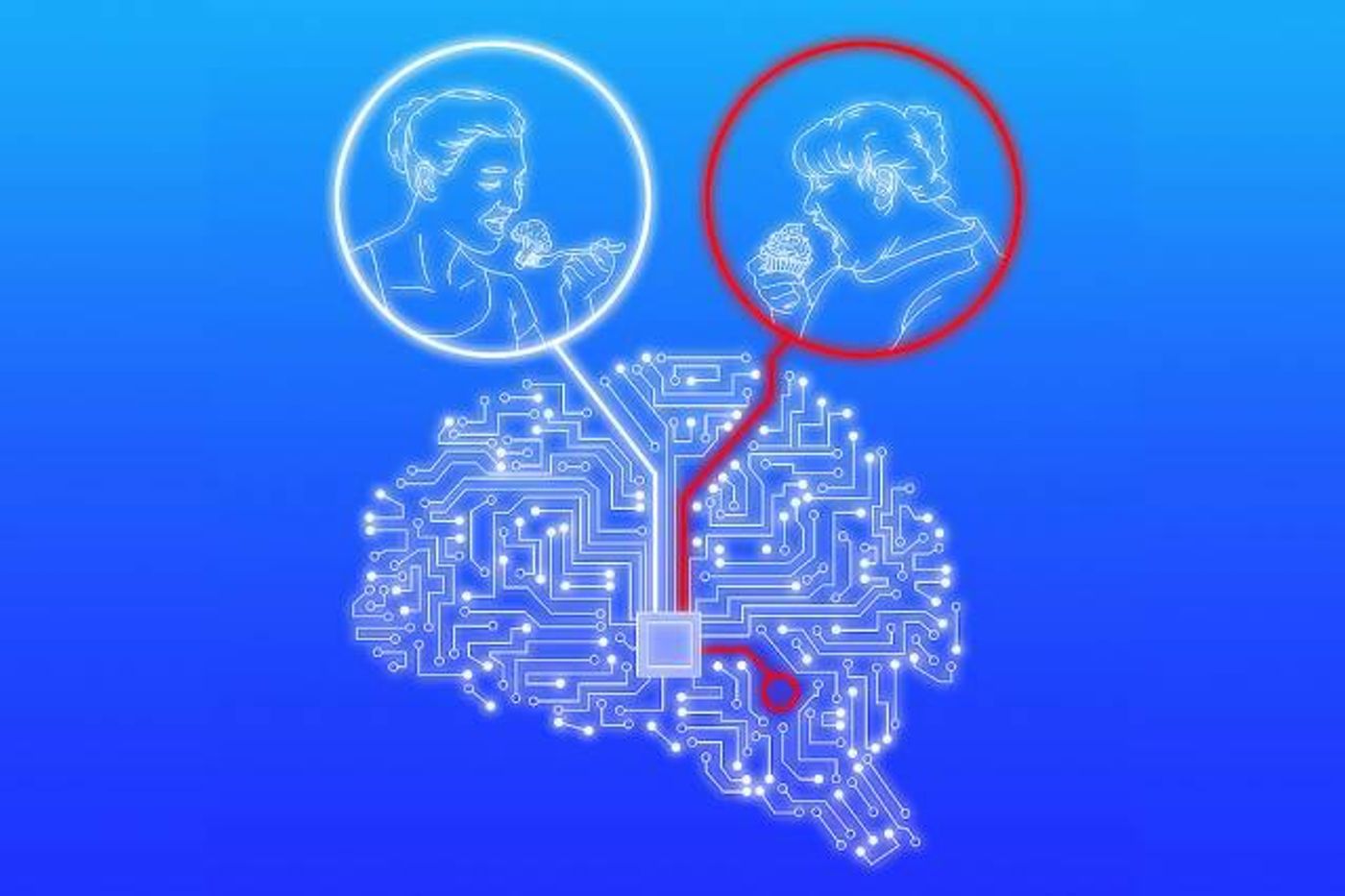While interactions between brain cells hold the key to healthy brain function and cognition, many of those interactions are hard to study. Researchers at the
University at Buffalo and others published a paper online in Nature Communications, which was reported by
Bioscience Technology, about a new method they created to accurately capture how brain cells interact.

Funded by the National Institutes of Health, the work was led by scientists at UB’s Hunter James Kelly Research Institute (HJKRI), who are attempting to better understand myelin, the fatty insulator that enables communication between nerve cells. The researchers study how damage to myelin occurs and how it can be repaired. The institute, part of UB’s New York State Center of Excellence in Bioinformatics and Life Sciences, was established in 1997 by Buffalo Bills Hall of Fame quarterback Jim Kelly and his wife Jill after their infant son Hunter, was diagnosed with Krabbe Leukodystrophy, an inherited fatal disorder. Hunter died in 2005 at the age of 8.
Cellular interactions that trigger the production of myelin are especially hard to pinpoint, because the crucial point of contact between two types of cells — the connection between axons, along which nerve impulses travel, and glial cells, which support neurons – is hidden. According to M. Laura Feltri, M.D., senior author on the paper and an HJKRI researcher and professor of biochemistry and neurology in the Jacobs School of Medicine and Biomedical Sciences at UB, “Myelin is made by a glial cell wrapping around an axon cell. To study myelin, you really need to study both cells. The glial cell wraps like a spiral around the axon, so every time you try to study the region of contact between the two cells, you end up studying the whole combination. It’s very hard to look just at the interface, and studying this interface is critical in certain diseases.”
Feltri explained, “In Krabbe’s, for example, the problem is not just that there isn’t sufficient myelin, but that the glial cell is not providing proper support to the neuron. But to figure out exactly what’s going wrong, we needed a better way to study that interface. The new technique involves using the second cell (the neuron) as a trigger to attract the first cell (the glial cell). The researchers use a system with two chambers, separated by a membrane. When the cells in the upper chamber ‘recognize’ the cells in the bottom chamber, they kind of ‘reach’ through the holes in the membrane for each other and touch. That is the intersection that we can then isolate and study.”
The researchers discovered novel proteins at the intersection called prohibitins, which are necessary for the production of myelin. The discovery could improve the understanding of and development of new treatments for myelin diseases and make it easier to study all kinds of cellular interactions, not just those in the brain.
Feltri added, “Using this method, we can isolate the portion of a cell that comes in contact with another cell, and analyze all the proteins that are present only in this subcellular fraction. It provides a glimpse into the social life of cells.This work has important implications for diseases of myelin such as Krabbe disease, and other neurodegenerative diseases, because the communication between glial cells and neurons is vital for neuroprotection.”
According to Yannick Poitelon, Ph.D., postdoctoral research scientist at HJKRI and first author of the paper, glial cells support neurons metabolically and protect axons that can measure up to one meter in length, extending far away from the glial cell. As he explained, “This has profound implications for glial disease like Krabbe’s, Charcot-Marie Tooth, peripheral neuropathies or Multiple Sclerosis, because the dysfunction of glial cells end up impairing the interactions with neurons, which, as a result, suffer and degenerate, causing devastating clinical symptoms. Similarly, neurodegenerative diseases like Huntington’s disease or Lou Gehrig's, that were considered uniquely diseases of neurons in the past, are now considered diseases of cellular communications between neurons and glial cells.”









